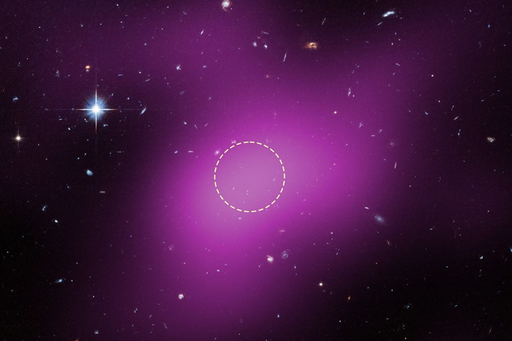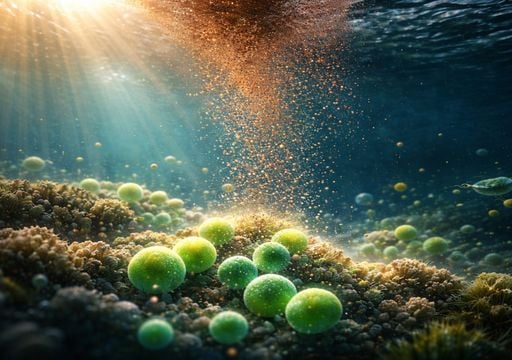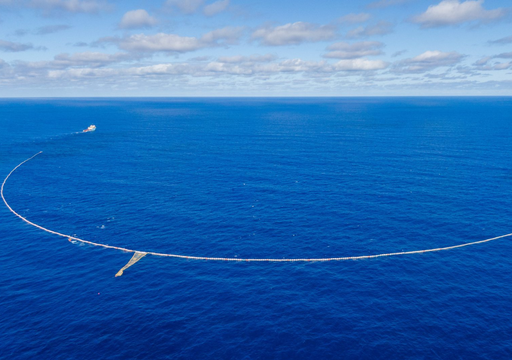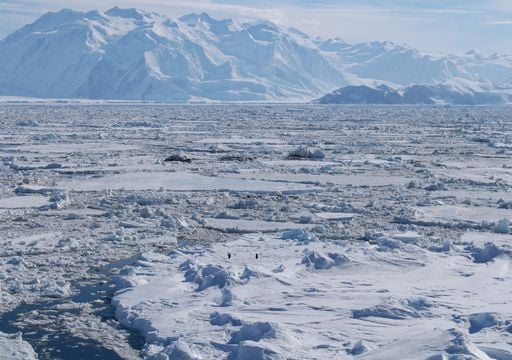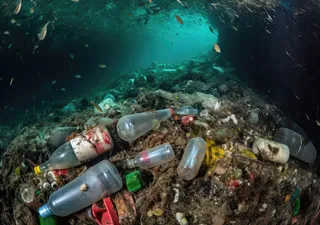Is Sea Spray Off the Oceans Contributing to Global Aerosol Pollution of the “Forever Chemical” PFAS?
Dangerous PFAS have been found at higher concentrations around coastal regions around the world. Scientists find how the pollutant is reentering the atmosphere from oceans in new research.

Across the world, pollution has decreased the quality of the air we are breathing. Much of this pollution arises from well-known sources, but harmful chemicals enter the air in ways we do not think of at first. The oceans are a common sink for pollutants, especially PFAS, with majority of the chemicals stored at the surface in deep oceans.
Per- and polyfluoroalkyl substances (PFAS) in particular pose significant threat to the globe due to their wide use and long lifespan, so researchers focused on this pollution group in their latest research.
The danger of PFAS on the planet
PFAS are found in many common household items such as cleaning products, nonstick cookware, fire extinguishers, stain, water, and grease resistant items, as well as many personal hygiene items. They pollute water, contaminating drinking water, rainfall, and oceans at high concentrations.
It is very difficult to rid the environment of PFAS because they break down extremely slowly. There are filters that can be used to lower the levels in drinking water, but their widespread use makes removal challenging.
It has already been proven that PFAS lower fertility, cause birth defects and developmental issues in children, reduce immune systems, and cause cancers. Levels of PFAS exposure could change these effects, but this is not fully understood.
Increased levels of PFAS around coast lines due to sea spray
In previous works, researchers found elevated levels of PFAS are commonly found around shorelines. They deduced this was caused by the remobilization of PFAS into the atmosphere by sea spray. Waves crashing into the shore allow molecules of the chemicals to recirculate into the atmosphere therefore entering the freshwater supply, soil, and air.
Sea spray is aerosol particles that form on the top of oceans as the surface of the water is broken, by winds or wave crests, bursting bubbles therefore releasing fine particles into the atmosphere. Majority of PFAS on the planet are at the surface in oceans, so when the surface is disrupted, particles easily escape from their main sink.
EPA is designating two widely-used PFAS compounds, known as "forever chemicals," as hazardous substances under #CERCLA. This rule will enable EPA to take earlier actions to protect public health at more sites and in more communities.https://t.co/1IVnOwzwX3 pic.twitter.com/aahRWJR0L4
U.S. EPA (@EPA) April 19, 2024
This latest research solidified the idea that sea spray aerosols containing PFAS do release more pollutants along coastlines. In particular, oceans surrounding areas with high industrialization, and therefore high pollution, saw the greatest effect of PFAS from sea spray.
More research is needed to connect this finding to vegetation and human effects. Proximity to oceans may influence the concentration of PFAS in our lungs as well as vegetation grown close to shores could have higher levels of the “forever chemical.”
News Reference:
Sha, B. Johansson, J. et al. Science Advances. "Constraining global transport of perfluoroalkyl acids on sea spray aerosol using field measurements". https://www.science.org/doi/10.1126/sciadv.adl1026#tab-contributors
